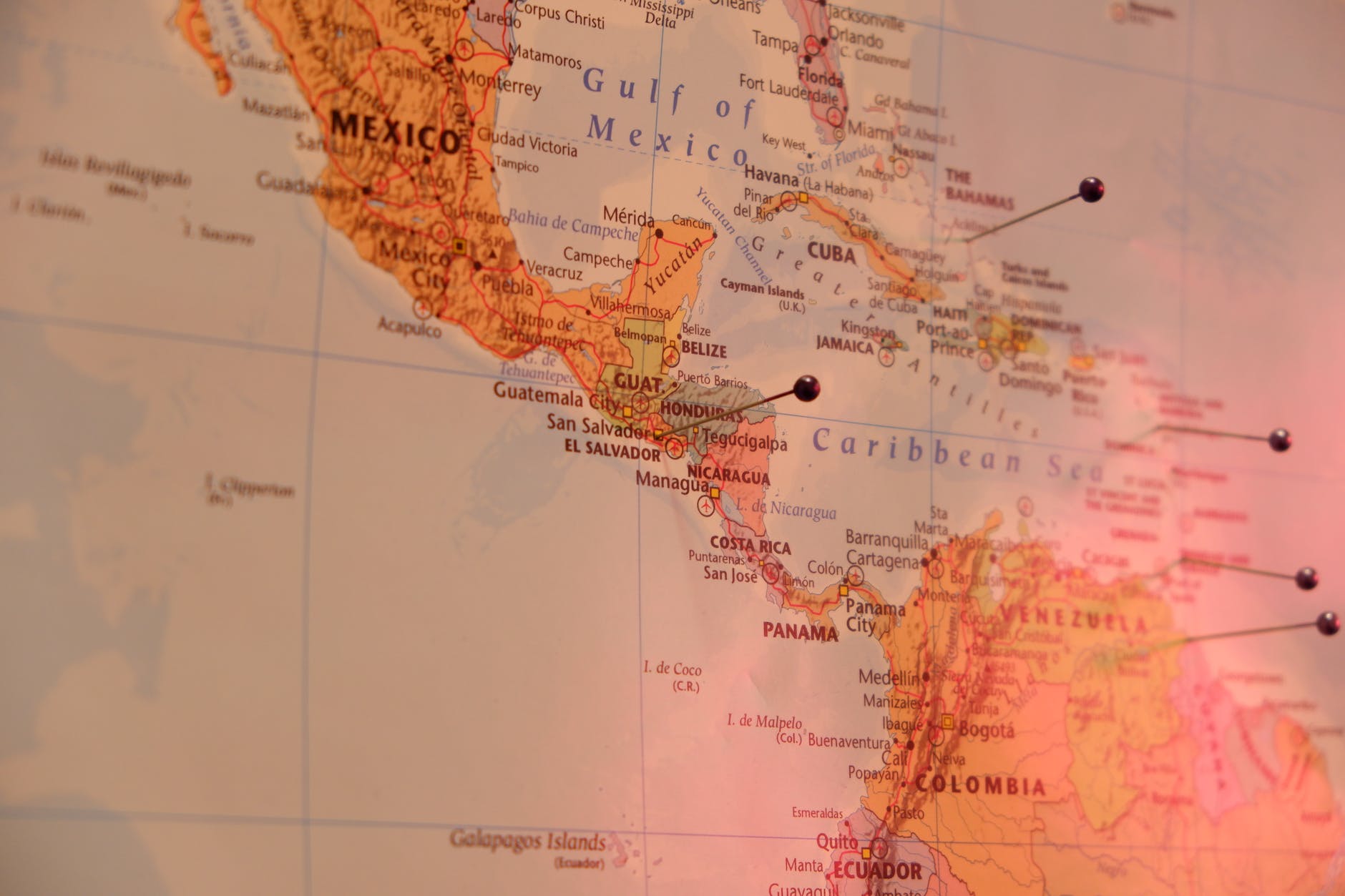Psychedelic substances have long held a profound influence on various aspects of human consciousness, creativity, and culture. Many famous artists, musicians, and thinkers have been inspired by the mind-altering effects of substances such as LSD, psilocybin, and mescaline, creating unique and awe-inspiring works of art. In this article, we delve into the lives and creations of a handful of famous artists whose work has been influenced by psychedelics: Salvador Dali, Jimi Hendrix, Alex Grey, Pink Floyd, Steve Jobs, and Ken Kesey.
Salvador Dali, known for his surrealist paintings, was rumored to have used psychedelics as part of his creative process. His vivid, dreamlike artwork evokes a sense of altered perceptions and realities, challenging the viewer’s understanding of the world. While there is no concrete evidence that Dali used psychedelics, his iconic melting clock paintings, such as “The Persistence of Memory,” have often been interpreted as visual representations of the sensations experienced while under the influence of these substances.
Jimi Hendrix, considered to be one of the greatest guitarists and musicians of all time, was no stranger to psychedelics. He often referenced their use in his music, incorporating intricate and unconventional sounds that mirrored the hallucinatory effects of substances like LSD and psilocybin. In fact, “Purple Haze”—one of Hendrix’s most famous songs—is believed to have been inspired by an acid trip he experienced while playing at London’s UFO Club in 1967.
Visual artist Alex Grey has made a career out of exploring the relationship between psychedelics and spirituality in his artwork. He is best known for his paintings depicting complex human anatomy, interwoven with intricate patterns and symbolism that evoke a sense of cosmic interconnectedness. Grey’s work has been heavily influenced by his personal experiences with psychedelics, and he aims to use his art to express the ineffable dimensions of consciousness that these substances reveal.
While the members of Pink Floyd have often remained tight-lipped about their experiences with psychedelics, it is well-documented that the legendary rock band’s early work was heavily influenced by these substances. The band’s founding member and original frontman, Syd Barrett, was known for his use of LSD, often performing and writing songs while under its influence. Pink Floyd’s psychedelic sound and immersive, surreal live shows, such as their first album “The Piper at the Gates of Dawn,” are testaments to the impact of psychedelics on their work.
The late Apple co-founder and visionary Steve Jobs openly discussed his experiences with psychedelics, notably LSD, and credited them as one of the most important experiences of his life. In a New York Times interview, Jobs stated that taking LSD was a “profound experience” and “one of the two or three most important things” he had done in his life. Although Jobs’ psychedelic experiences may not have directly shaped the art he created, it is evident their impact on his creative thought process and approach to design, as seen in the user-friendly, aesthetically pleasing nature of Apple products.
Author and counterculture icon Ken Kesey is another famous artist heavily influenced by his experiences with psychedelics. Kesey’s experimental novel, “One Flew Over the Cuckoo’s Nest,” offers a critique of mental health institutions and takes readers on a psychological journey bound by empathy and freedom. In the 1960s, Kesey and his group of Merry Pranksters became notorious for their LSD-fueled cross-country bus trips, during which they aimed to promote the use of psychedelics as a means of self-discovery, spiritual growth, and creative expansion.
The works of these influential artists demonstrate the profound impact that psychedelics can have on creativity and cultural expression. By offering a glimpse into alternate states of consciousness and perception, these substances have inspired innovative and boundary-pushing art that leaves a lasting impression on our collective imagination.





